1. No Architectural Details
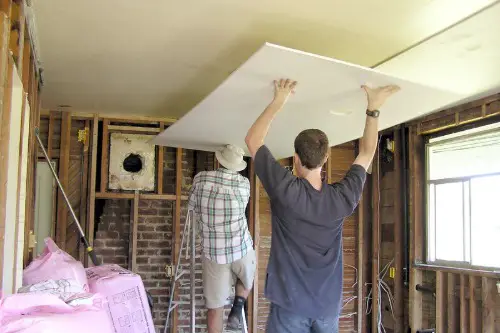
Plain drywall, flat doors, and basic trim are common in rentals because they’re easy to install and maintain. But they can also make a home feel boxy and characterless. Without any architectural interest, even a well-furnished room can feel a little generic. It’s the difference between a space that’s functional and one that feels designed.
Adding crown molding, board and batten, or even upgrading your baseboards can add instant charm. Swapping hollow-core doors for paneled ones or painting them a bold color also makes a big impact. These upgrades don’t have to be expensive—they just need to be thoughtful. A little detail goes a long way in making a space feel custom.
2. Flush-Mount “Boob” Lights
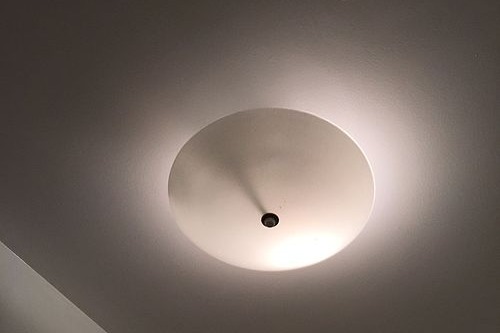
You know the ones—those dome-shaped ceiling lights that look like, well, you get it. They’re standard in rentals because they’re cheap and easy to install, but they don’t exactly scream style. Even in an otherwise beautiful room, they can drag down the whole vibe. It’s a small detail that makes a big impression.
Swapping them out for a semi-flush mount, pendant, or even a statement fixture instantly elevates the space. There are tons of affordable options that feel custom without breaking the bank. Lighting is like jewelry for your home—it should add personality, not just function. A quick change here can make your place feel truly yours.
3. Plastic Mini Blinds

These flimsy, dust-collecting blinds are a dead giveaway that a space hasn’t been personalized. They’re standard issue in rentals because they’re cheap and neutral, but they rarely look good or last long. They also do a poor job of blocking light or adding any softness to a room. If your windows still have them, it’s time for an upgrade.
Consider swapping them for curtains, Roman shades, or even bamboo blinds for a more polished look. Window treatments are one of the easiest ways to add texture and warmth. They also help with insulation and privacy, so it’s a win-win. Your windows deserve better than plastic slats.
4. Builder-Grade Hardware
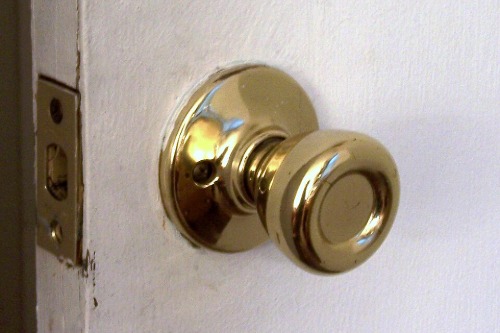
Those basic brushed nickel knobs and handles might be functional, but they’re also forgettable. They’re the default in many rentals and new builds because they’re inexpensive and inoffensive. But they don’t add any personality or style to your cabinets or doors. It’s like wearing the same shoes with every outfit—practical, but boring.
Upgrading your hardware is a low-cost, high-impact change. Try matte black, brass, or even ceramic knobs to add a little flair. It’s a small detail that can completely change the feel of a room. And the best part? You can do it all in a weekend.
5. Wall-to-Wall Beige Carpet
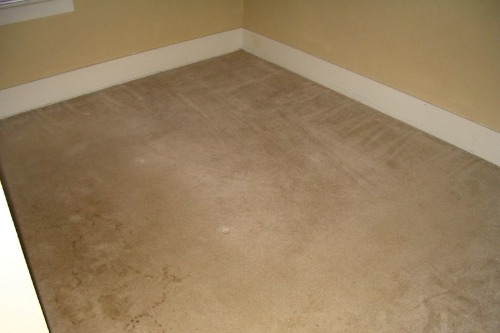
Beige carpet is the ultimate rental flooring—neutral, cheap, and easy to replace. But it also tends to look dated, especially when paired with white walls and no contrast. It can make a space feel bland and uninspired, even if everything else is thoughtfully designed. Plus, it’s not the easiest to keep clean.
If replacing it isn’t in the cards, try layering with large area rugs to add color and texture. Rugs can define spaces, hide wear, and make the room feel more intentional. Even a bold runner in a hallway can break up the monotony. The goal is to make it feel like a choice, not a default.
6. White Walls with No Art
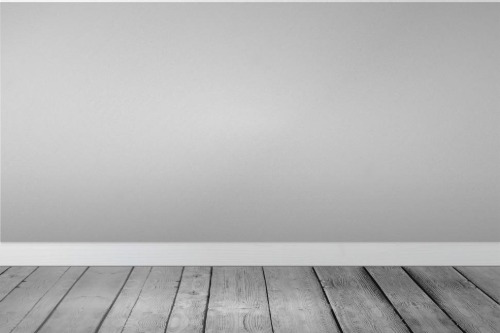
Blank white walls can feel fresh and modern—but when they’re completely bare, they start to feel temporary. It’s a common look in rentals where people hesitate to hang anything permanent. But in a home you own, it can come off as unfinished or impersonal. A little art goes a long way in making a space feel lived-in.
You don’t need a gallery wall—just a few pieces that reflect your taste or tell a story. Even leaning art on shelves or layering frames on a mantel adds depth. The key is to make the walls feel like part of the room, not just a backdrop. Your home should reflect you, not just your lease agreement.
7. Overhead Lighting Only
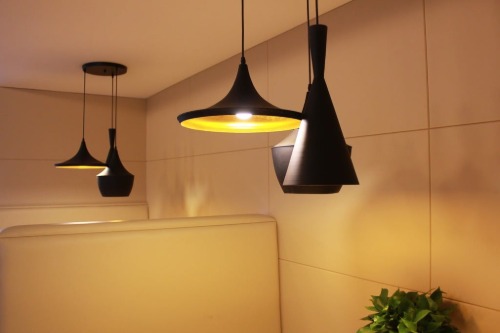
Relying solely on overhead lighting is a classic rental move—it’s what’s already there, and it gets the job done. But it can also make your space feel flat and harsh, especially at night. Without layered lighting, rooms lack warmth and dimension. It’s functional, but not exactly cozy.
Adding floor lamps, table lamps, or sconces can completely change the mood. It also gives you more control over how each space feels throughout the day. Lighting should be flexible, not just bright. A few well-placed lamps can make your home feel instantly more intentional.
8. Temporary Fixtures and Furniture
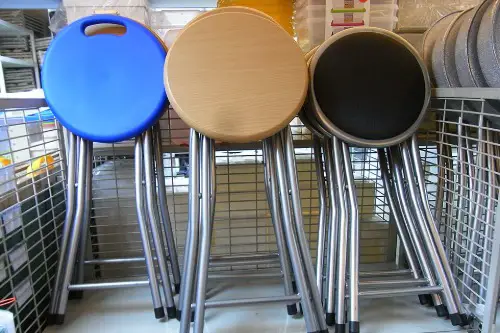
Folding chairs, plastic storage drawers, and wobbly bookshelves might be fine for a college dorm—but in a home you own, they can make the space feel like a stopgap. These pieces are often chosen for convenience, not longevity. But they signal that the space isn’t fully settled or invested in. Even if everything else is styled, these items can cheapen the overall feel.
Investing in a few solid, well-made pieces can anchor your space and make it feel more permanent. You don’t need to furnish everything at once—just start with the essentials. Quality over quantity always wins. Your home should feel like it’s built to last, not just to get by.
9. Lack of Cohesive Style
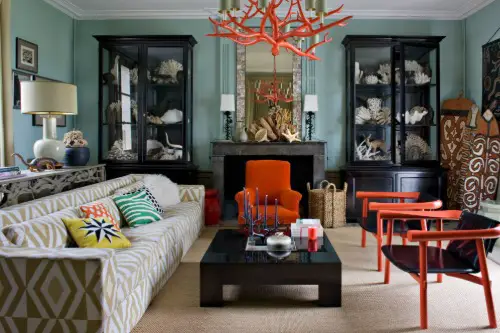
In rentals, it’s common to piece things together over time without a clear design direction. But if you own your home and it still feels like a mishmash of styles, it can come off as unintentional. A little eclecticism is great—but without a unifying thread, it can feel chaotic. It’s not about matching everything, but about making it all make sense together.
Try choosing a consistent color palette or repeating materials like wood, metal, or fabric across rooms. Even small touches—like coordinating hardware or using similar shapes—can tie things together. The goal is to create flow, not uniformity. A cohesive space feels curated, not cobbled together.
This post 9 Design Details That Make Your Home Feel Like a Rental—Even If You Own It was first published on Greenhouse Black.
